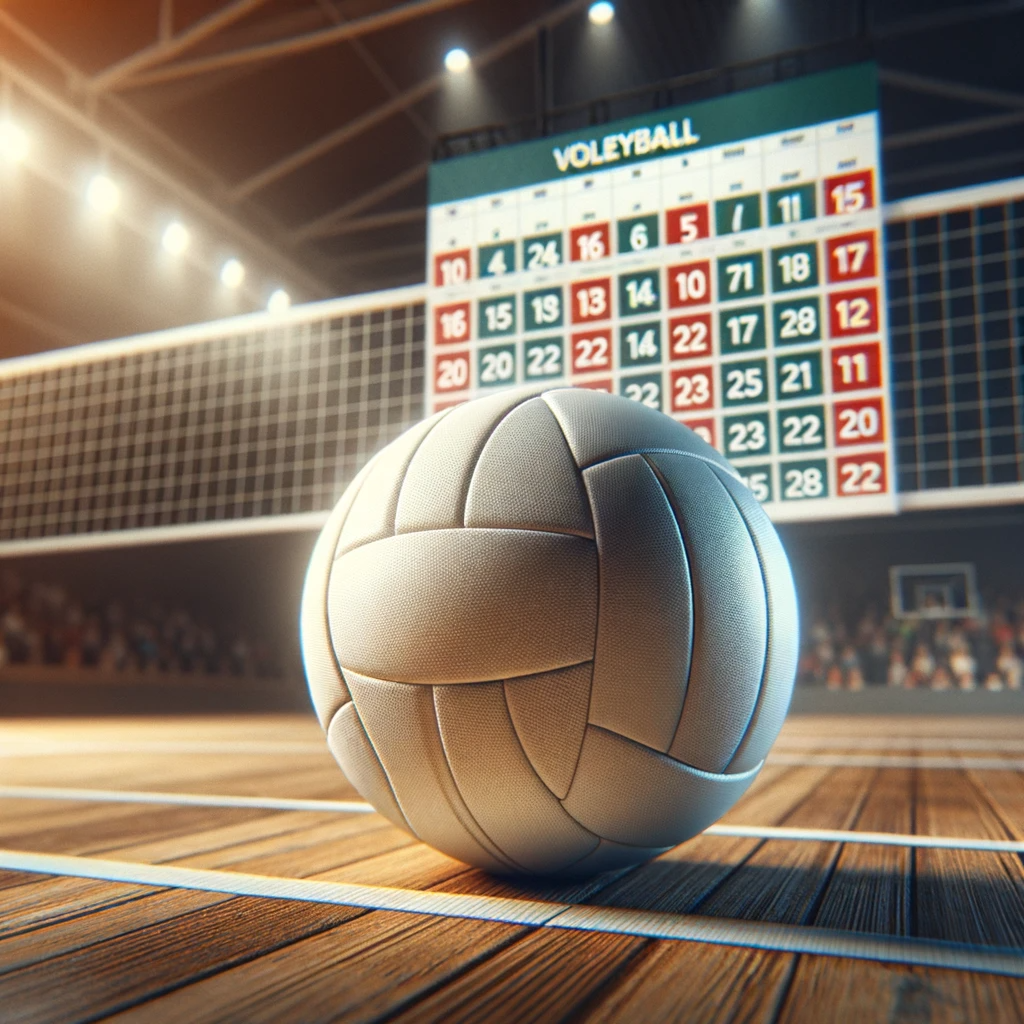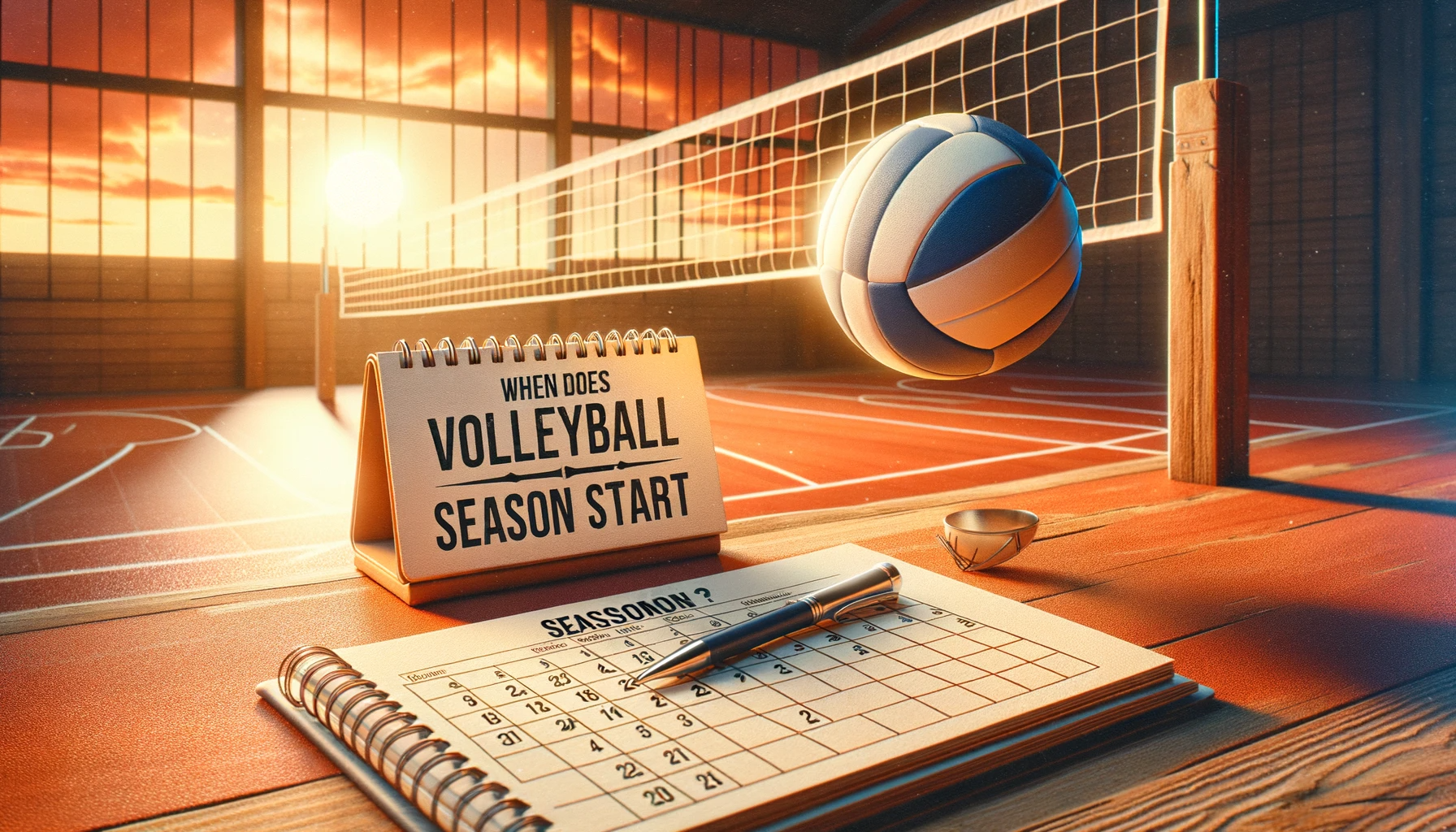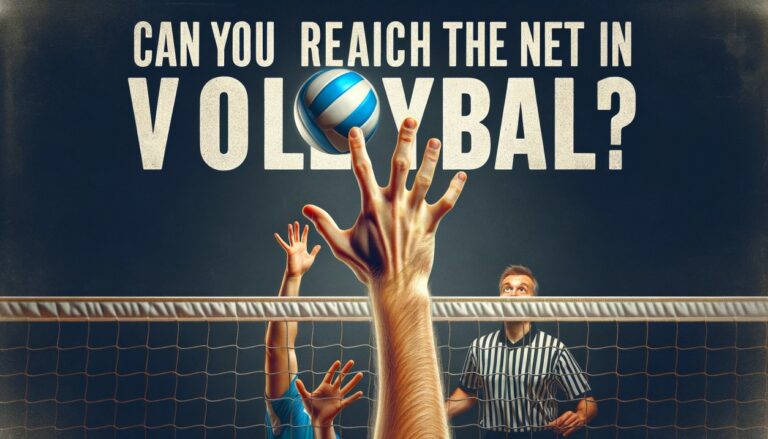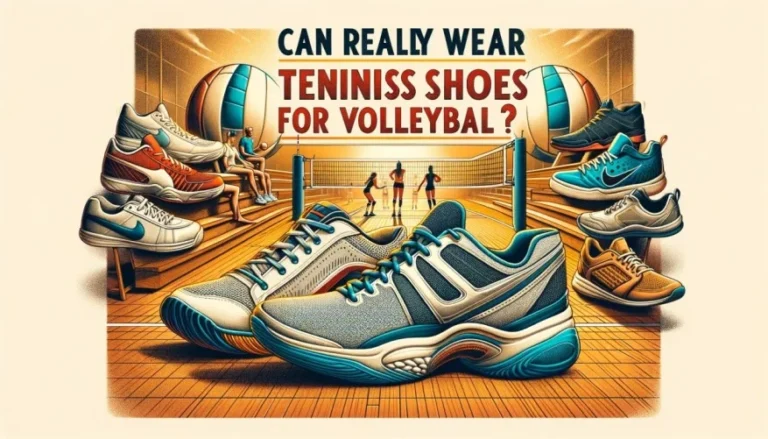When Does Volleyball Season Start
Introduction
In this article complete information about When does volleyball season start is given. Volleyball, with its dynamic spikes and thrilling rallies, has garnered global popularity. From sandy beaches to indoor courts, the sport captivates millions.
As the end of one season approaches, there’s a palpable buzz in the air. Everyone, from players to fans, eagerly anticipates the question: When does the new volleyball season start?
In this article, we’ll delve deep into:
- The different timelines for volleyball seasons across various levels.
- Key events that mark the beginning and end of these seasons.
- Tips and insights for both players and enthusiasts to make the most of the upcoming season.
Whether you’re a seasoned player, a budding enthusiast, or someone who just loves to cheer from the stands, understanding the volleyball calendar can enhance your experience of the game. So, let’s dive in and unravel the mysteries of the volleyball season.
When Does Volleyball Season Start

High School Volleyball Season
- Typical start and end months: Most high school volleyball seasons kick off in August and wrap up by November.
- Pre-season training and tryouts: These usually begin a month prior to the season, allowing coaches to assess players and finalize teams.
- Importance of summer camps:
- Great for skill development.
- Opportunity to get noticed by coaches.
- Prepares players for the competitive season ahead.
Club Volleyball
- Club volleyball usually starts in the winter, around November or December.
- Tryouts often occur in the preceding months.
College Volleyball Season
- NCAA guidelines for start dates: The NCAA typically sets the start in late August or early September.
- Differences between Division I, II, and III:
- Division I: Highest level of intercollegiate athletics.
- Division II: Balance of athletics, academics, and extracurriculars.
- Division III: Emphasis on overall college experience.
- Spring vs. Fall seasons: Fall is the primary competitive season, while spring focuses on training and development.
Professional Volleyball Leagues
- Domestic leagues: These span across various countries like the U.S., Europe, and Asia, each with its unique calendar.
- Typical season durations and major tournaments: Seasons usually last for 6-8 months, punctuated by major tournaments and championships.
- Off-season and player transfers: A period for players to rest, train, or transfer to other teams, typically lasting 3-4 months.
International Volleyball
- FIVB World Championships and World Cup: Premier international tournaments held every four years.
- Olympic volleyball: Takes center stage every four years, with countries competing for the gold.
- Continental championships: Regional tournaments like the European Championship or the Pan American Cup.
Beach Volleyball Season
- Differences from indoor volleyball: Played on sand, with teams of two and different scoring rules.
- Major beach volleyball tours and tournaments: Events like the FIVB Beach Volleyball World Tour.
- Seasonal considerations due to weather: Beach volleyball seasons might vary based on the climate of the hosting country.
Recreational and Club Volleyball
- Flexibility in start dates: Seasons can start at various times, based on local preferences.
- Local leagues and tournaments: Community-driven events that cater to enthusiasts and semi-professional players.
Snow Volleyball
- As the name suggests, snow volleyball is played during the colder months. The season typically starts in December and can last until March.
How Long Does the Volleyball Season Last?
Middle School & High School
- The season usually lasts about 2-3 months, concluding with playoffs and championships in October or November.
Club Volleyball
- The club season can be longer, often lasting from November to June or July, depending on tournaments and national championships.
College Volleyball
- The fall season usually concludes in December with national championships.
- The spring season, if applicable, can last until May.
Professional & Olympic Volleyball
- Professional leagues might run for about 6-8 months, with playoffs and championships concluding the season.
- The Olympic volleyball competition spans over the duration of the Olympics, usually about 2-3 weeks.
Beach Volleyball
- The season can last anywhere from 4-6 months, depending on the location and professional tours.
Snow Volleyball
- The snow volleyball season is typically around 3-4 months long, given the weather constraints.
FAQs on Volleyball Seasons
How long is a typical volleyball season?
Most seasons, whether high school, college, or professional, last between 6-8 months.
Can players participate in multiple leagues simultaneously?
Typically, players are contracted to one team or league at a time, but exceptions might exist based on the league’s rules.
Why do beach volleyball seasons differ from indoor ones?
Weather plays a significant role, as beach volleyball requires suitable outdoor conditions.
How has COVID-19 impacted the volleyball calendar?
Many events were postponed or canceled, with virtual training sessions becoming the norm.
What’s the difference between spring and fall college volleyball?
Fall is the main competitive season, while spring is more about training and development.
Are there off-season training programs for aspiring players?
Yes, many clubs and institutions offer off-season training to hone skills and improve fitness.
How do teams qualify for international tournaments?
Teams often qualify based on their performance in regional or continental championships, or through specific qualification tournaments set by the FIVB or the Olympic Committee.
Is there a difference in the season’s length between men’s and women’s volleyball?
Generally, both men’s and women’s volleyball seasons are of similar lengths. However, specific tournaments or league schedules might vary slightly.
What happens if a player gets injured during the season?
Teams usually have reserve players. If a player gets injured, they might be replaced by a reserve. The injured player undergoes medical treatment and rehabilitation before returning to play.
How do players manage their time between club commitments and national team duties?
Players often have agreements with their clubs and national teams. During international tournaments or qualifiers, players might leave their club temporarily to represent their country.
Are there specific rules about foreign players in domestic leagues?
Yes, many domestic leagues have restrictions on the number of foreign players a team can have. This ensures local talent gets ample opportunities.
How do beach volleyball pairs form, and can they switch partners?
Pairs often form based on chemistry and complementary skills. While they can switch partners, consistent pairs tend to have better coordination and success.
Do players get any breaks during the season?
Yes, players usually get breaks during festive seasons or between different phases of a league. These breaks help them recover physically and mentally.
How has technology impacted volleyball seasons and tournaments?
Technology, like the Video Challenge System, has made decision-making more accurate. Live streaming has also made it easier for fans worldwide to follow the sport.
Are there age-specific leagues or tournaments in volleyball?
Yes, apart from senior tournaments, there are youth and junior championships that cater to players under specific age brackets.
How do players transition from college volleyball to professional leagues?
Many players get scouted during their college years. After college, they might enter professional league drafts or sign contracts with teams interested in them.
Tips for Preparing for the Upcoming Volleyball Season
- Importance of physical fitness: A fit body can endure long matches and reduce injury risks.
- Mental preparation and setting goals: Visualization and goal-setting can drive motivation and performance.
- Joining pre-season camps and clinics: These offer specialized training and a chance to learn from experienced coaches.
Conclusion and Final Thoughts
The thrill of a new volleyball season is unmatched. Whether you’re a player, coach, or fan, there’s something for everyone. Dive deep into the sport, stay updated with local and international volleyball events, and most importantly, enjoy every serve, spike, and save!






